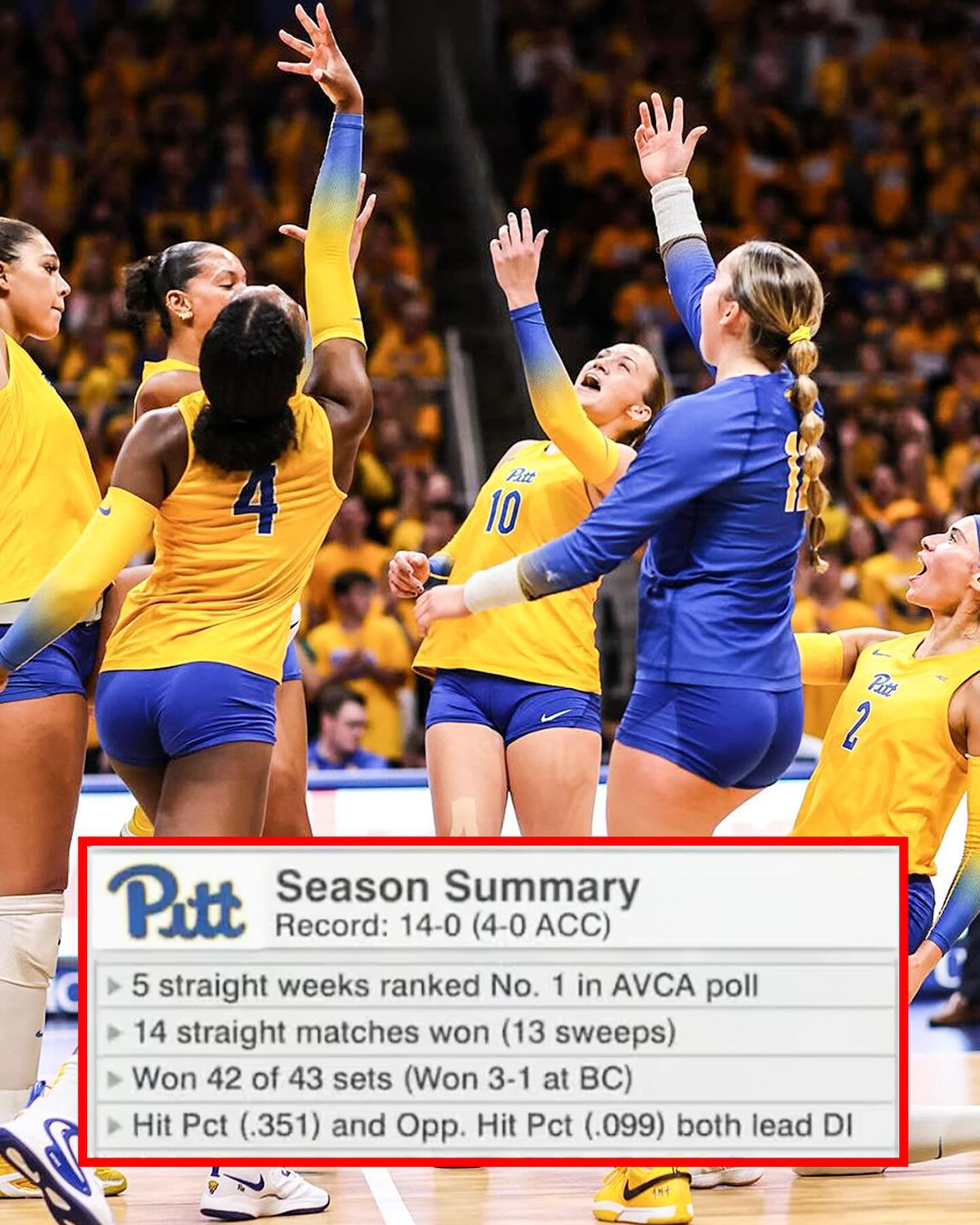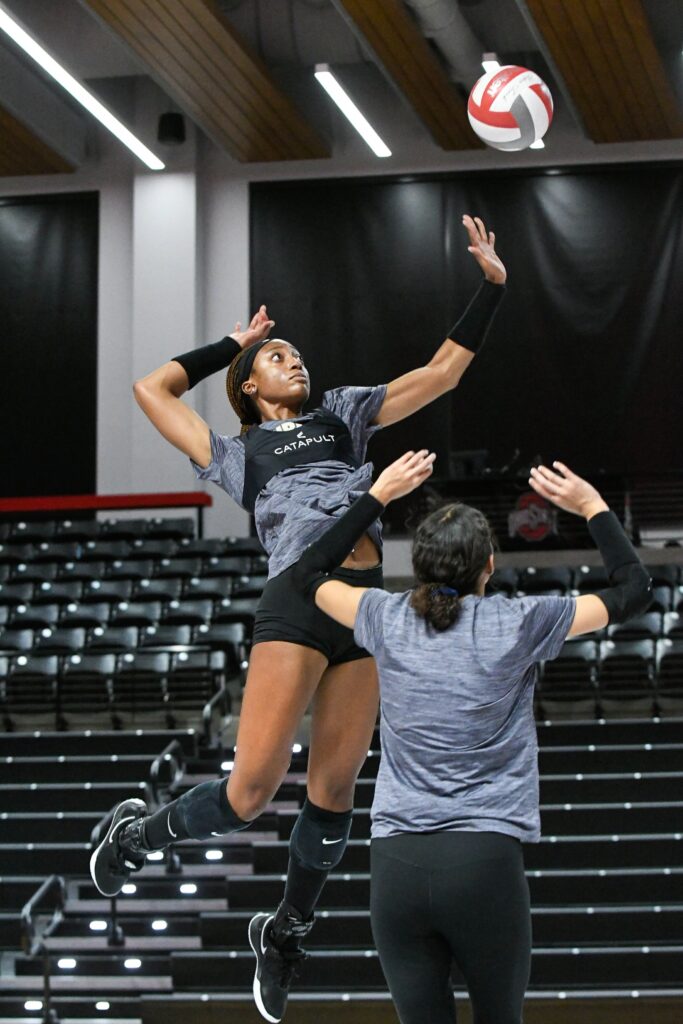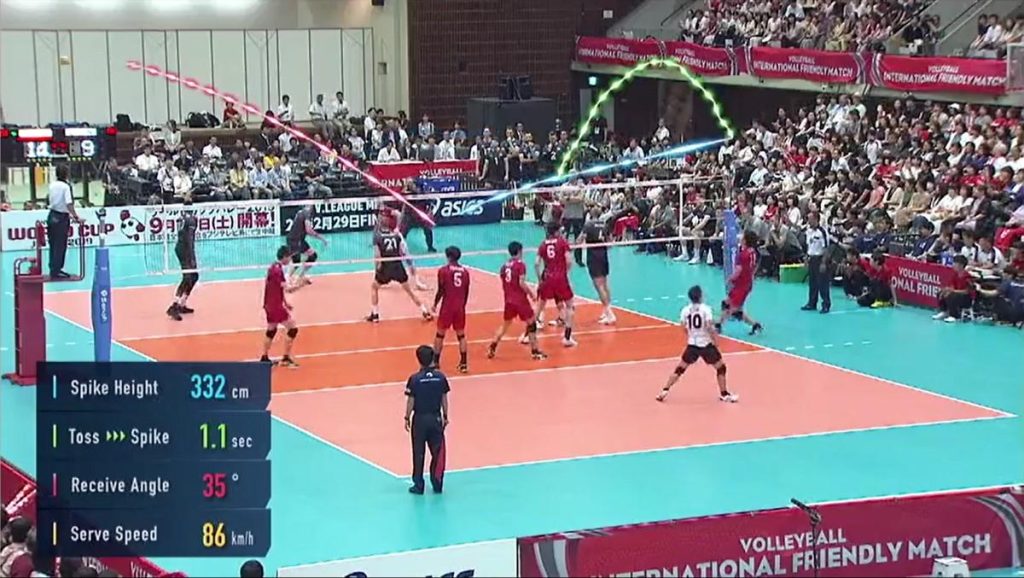Hitting in volleyball is key to scoring points. It’s a crucial skill every player needs.
Volleyball is a dynamic sport that combines agility, strength, and strategy. Among the various skills, hitting stands out as a primary offensive move. Whether you’re a beginner or looking to refine your technique, understanding the basics of hitting can significantly enhance your performance.
This guide provides a clear, concise summary of how to hit effectively in volleyball, breaking down the steps and techniques you need to know. Get ready to elevate your game with these essential hitting tips that will help you dominate the court.

Credit: www.instagram.com
Introduction To Volleyball Spiking
Spiking is one of the most thrilling parts of volleyball. It involves hitting the ball with force to send it over the net. This move can score points and energize the team.
Learning to spike well requires practice and skill. But anyone can learn the basics and improve with time.
Importance Of Spiking
Spiking plays a vital role in volleyball. It is a key way to score points. A powerful spike can end a rally and earn a point for the team.
Spiking also intimidates opponents. A well-executed spike can shake their confidence. This can give your team a mental edge.
Basic Spiking Techniques
There are several steps to a good spike. First, start with a strong approach. Run towards the net with speed and control.
Next, jump high. Use your legs to gain height. The higher you jump, the better your spike.
Then, swing your arm. Hit the ball at the highest point of your jump. Use an open hand and snap your wrist for power.
Finally, aim for spots on the court where opponents are not. Look for gaps in their defense. This will increase your chances of scoring.

Credit: x.com
Essential Skills For Spiking
Spiking in volleyball is one of the most exciting aspects of the game. It requires a combination of power, precision, and timing. Mastering the essential skills for spiking can make a significant difference in your game. Let’s explore the key skills needed to spike effectively.
Approach And Footwork
The approach is the first step in a successful spike. Start with a three-step approach. This helps you gain momentum. Begin with your non-dominant foot. Follow with your dominant foot. Finally, take one more step with your non-dominant foot. This sequence builds power.
Your footwork must be quick and precise. Practice your steps until they become second nature. Proper footwork sets you up for a powerful jump. Aim to keep your steps consistent. Consistency leads to better spikes.
Timing And Coordination
Timing is crucial in spiking. You must hit the ball at the highest point of your jump. Watch the setter’s hands. Anticipate the ball’s trajectory. Jump at the right moment for maximum impact.
Coordination between your arms and legs is also important. As you jump, swing your arms back. Then, bring them forward quickly. This action helps you gain extra height. Focus on hitting the ball with the center of your hand. This ensures a solid contact and powerful spike.
Practice these skills regularly. Consistent practice improves your timing and coordination. Spiking becomes more effective and natural with time.
Developing Power In Your Spike
Developing Power in Your Spike is crucial for any volleyball player who wants to excel in the game. A powerful spike can be a game-changer, making it difficult for opponents to defend. To achieve this, players need to focus on building upper body strength and effectively using core muscles. This section will guide you through these essential components.
Building Upper Body Strength
Your upper body plays a significant role in generating power for your spike. Here are some exercises to help you build strength:
- Push-Ups: These target your chest, shoulders, and triceps. Do 3 sets of 15 reps.
- Pull-Ups: Great for back and shoulder strength. Aim for 3 sets of 10 reps.
- Shoulder Press: Use dumbbells or a barbell. Perform 3 sets of 12 reps.
Consistency is key. Include these exercises in your workout routine to see improvements.
Using Core Muscles
Core strength is vital for a powerful spike. A strong core helps you maintain balance and transfer energy efficiently. Here are some core exercises:
- Planks: Hold for 1 minute. Repeat 3 times.
- Russian Twists: Use a weight. Do 3 sets of 20 twists.
- Bicycle Crunches: Perform 3 sets of 15 reps per side.
These exercises will help you engage your core muscles. A strong core will make your spikes more powerful and accurate.

Credit: www.facebook.com
Perfecting Your Spiking Form
Perfecting your spiking form is crucial for any volleyball player. A powerful spike can be the difference between winning and losing a match. Let’s break down the essentials of spiking, focusing on arm swing mechanics and hand position and contact.
Arm Swing Mechanics
Your arm swing is essential for a successful spike. Follow these steps for a perfect arm swing:
- Start with a strong approach: Take a few quick steps toward the ball.
- Use your whole body: Engage your legs, core, and shoulders.
- Reach back: Pull your hitting arm back, with your elbow high.
- Explode forward: Swing your arm forward quickly, snapping your wrist.
Practice these steps to develop a smooth, powerful arm swing.
Hand Position And Contact
Proper hand position is key to a successful spike. Here’s how to ensure good contact:
- Open your hand: Keep your fingers spread wide.
- Contact the ball: Aim to hit the top half of the ball.
- Follow through: Finish with your hand pointing down, guiding the ball.
Focus on making firm, clean contact with the ball.
Consistent practice will improve your spiking form. Remember, both arm swing mechanics and hand position are vital. Keep practicing these techniques to become a better spiker.
Reading The Opponent’s Defense
Understanding how to read the opponent’s defense in volleyball can give you a significant edge. By observing their movements, you can make smarter plays and score more points. Let’s delve into some key strategies.
Analyzing Blockers
First, watch the blockers closely. Notice their positioning and timing. Do they jump early or wait? This information helps you anticipate their actions. If a blocker jumps too soon, aim for a tip. If they wait, hit with power.
Also, observe their hand positions. Are they reaching straight up or pressing over the net? This can influence your hitting strategy. Adjust your angle to avoid their hands. A sharp cross-court hit can be effective against tall blockers.
Finding Open Spots
Next, identify open spots on the court. Watch for gaps in the defense. The corners and the back row are often vulnerable. A well-placed shot here can score easily.
Pay attention to the defensive players’ movements. Are they shifting to one side? This can leave another area open. Use this to your advantage. Aim for the spot they just vacated.
Also, watch the libero’s positioning. This player covers a lot of ground. Aim away from them to increase your chances of scoring. Hitting to the deep corners or sidelines can be effective.
Practicing Spiking Drills
Spiking is a key skill in volleyball. It requires power, precision, and practice. To improve your spiking, you need to work on different drills. These drills can be done alone or with others. Let’s explore some effective spiking drills.
Solo Drills
Solo drills help you practice on your own. Start with standing spikes. Stand a few feet from a wall. Toss the ball up and spike it against the wall. Aim for a specific spot each time. This improves accuracy.
Another solo drill is the approach jump. Mark a spot on the floor. Practice your three-step approach and jump. Focus on your form and timing. This helps with muscle memory.
Partner And Team Drills
Partner drills build coordination. One useful drill is the toss and spike. Your partner tosses the ball high. You approach and spike it back to them. This improves timing and teamwork.
For team drills, try scrimmage games. Play short games focusing on spiking. Rotate positions so everyone gets a chance to spike. This builds confidence and team synergy.
Also, try blocking practice. Have teammates block at the net. Practice spiking around or over the block. This helps with strategic play.
Practicing these drills regularly will boost your spiking skills. Stay committed and enjoy the game!
Common Spiking Mistakes
Spiking in volleyball is a crucial skill. Many players make common mistakes that prevent them from spiking effectively. Let’s take a look at some of these errors and how to avoid them.
Incorrect Footwork
One of the most frequent mistakes is incorrect footwork. Proper footwork is key to a strong spike. Players often take too many steps or misjudge the distance from the net. This affects their balance and power.
Common issues include:
- Stepping too close to the net
- Taking too many steps
- Poor timing of the jump
To improve, practice a consistent approach. Typically, a three-step or four-step approach works best. Focus on maintaining a steady rhythm.
Poor Ball Contact
Poor ball contact is another common mistake. Many players hit the ball with their palm or fingers, which reduces power and control. The proper technique involves hitting the ball with the heel of the hand and snapping the wrist.
Common ball contact errors include:
- Using the fingertips
- Hitting with the palm
- Not following through with the wrist
To correct this, practice hitting the ball with the heel of your hand. Focus on a full follow-through with your wrist. Consistent practice will improve your technique.
Tips From Professional Players
Learning to hit in volleyball requires practice and dedication. Professional players share valuable tips to improve your hitting skills. From mastering technique to mental preparation, their advice can help you succeed on the court.
Advice On Technique
Professional players emphasize the importance of footwork. Position your feet shoulder-width apart. Bend your knees slightly. This stance helps with stability and power.
Focus on your arm swing. Keep your elbow high and your wrist firm. Strike the ball with the palm of your hand. This ensures a strong and accurate hit.
Timing is key. Watch the ball closely. Jump at the right moment to meet the ball at its highest point. This increases the force of your hit.
Mental Preparation
Stay focused during the game. Keep your mind clear and positive. Visualize successful hits. This boosts your confidence and performance.
Handle pressure well. Take deep breaths before each hit. This helps to calm your nerves and maintain control. Communicate with your teammates. Clear communication reduces mistakes and builds trust.
Learn from your mistakes. Every game is an opportunity to improve. Reflect on your performance and identify areas for growth. Stay committed to continuous improvement.
Frequently Asked Questions
How Do You Hit A Volleyball Correctly?
To hit a volleyball correctly, position your body with feet shoulder-width apart. Keep your eyes on the ball. Swing your arm with a firm wrist, aiming to hit the ball with your palm. Follow through with your arm for accuracy and power.
What Is The Best Way To Spike A Volleyball?
The best way to spike a volleyball involves an approach, jump, and powerful arm swing. Focus on timing your jump with the ball’s peak. Use a firm wrist to hit the ball downwards into the opponent’s court.
How Can I Improve My Volleyball Hitting Skills?
To improve your volleyball hitting skills, practice regularly. Focus on footwork, timing, and arm swing. Work on your strength and coordination. Watching professional players and taking drills can also be beneficial.
What Are Common Mistakes In Volleyball Hitting?
Common mistakes in volleyball hitting include improper footwork, mistiming the jump, and not following through with the arm. Hitting with a bent wrist or not aiming correctly can also reduce accuracy and power.
Conclusion
Mastering volleyball hitting takes time and practice. Start with basic techniques. Stay consistent with your training. Focus on your footwork and timing. Watch professional players for tips. Use your whole body for power. Remember to stay relaxed and confident. Keep practicing and you will improve.
Enjoy the process and have fun. Volleyball is a great sport for everyone. Happy hitting!


